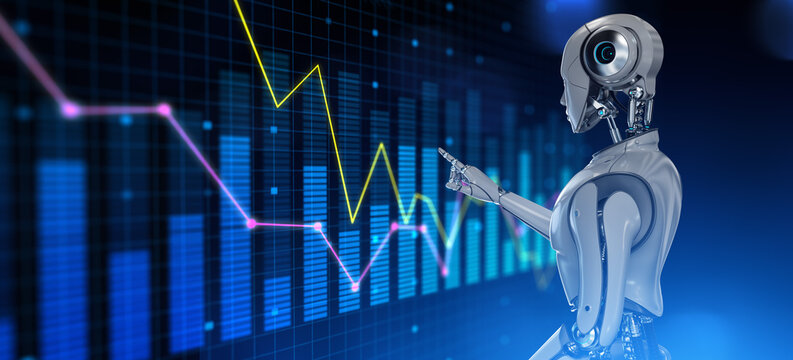Exploring the Pros and cons of Forex Robots: A comprehensive Guide

In the dynamic realm of forex trading, traders are constantly seeking ways to optimize their strategies and increase profitability. One such avenue that has gained significant traction in recent years is the use of forex robots, also known as expert advisors (EAs). These automated trading systems promise to execute trades on behalf of the trader, utilizing algorithms and predefined parameters to capitalize on market opportunities. However, like any forex robot in trading, forex robots come with their own set of advantages and drawbacks. In this article, we’ll delve into the intricacies of forex robots, examining their functionalities, benefits, limitations, and considerations for traders. Forex robots are software programs designed to automatically execute trades in the forex market based on predetermined criteria. They operate on complex algorithms that analyze market data, identify trading signals, and execute trades without the need for human intervention. These robots can be tailored to various trading strategies, including scalping, trend following, and range trading, among others.
Emotion-Free Trading: One of the primary advantages of using forex robots is their ability to eliminate emotional biases from trading decisions. Fear, greed, and indecision are common pitfalls for human traders, often leading to irrational trading behavior and losses. Forex robots execute trades based solely on predefined criteria, free from emotional influence, which can lead to more disciplined and consistent trading. 24/7 Market Monitoring: Unlike human traders who need rest, forex robots can monitor the market 24 hours a day, 7 days a week. This continuous monitoring allows them to capitalize on trading opportunities that may arise outside of regular trading hours, such as during major news releases or volatile market conditions. Speed and Efficiency: Forex robots can execute trades with lightning-fast speed, ensuring timely entry and exit from the market. This speed advantage can be crucial in high-frequency trading environments where split-second decisions can make a significant difference in profitability. Backtesting and Optimization: Forex robots enable traders to backtest their strategies using historical market data, allowing them to assess the viability and performance of their trading systems before risking real capital. Furthermore, these robots can be optimized to fine-tune parameters and improve performance based on past data, helping traders to refine their strategies over time.
Diversification: Forex robots offer traders the opportunity to diversify their trading portfolios by implementing multiple strategies simultaneously or across different currency pairs. This diversification can help mitigate risk and improve overall portfolio performance. Market Volatility and Uncertainty: While forex robots are adept at executing predefined strategies, they may struggle to adapt to sudden changes in market conditions or unexpected news events. High volatility and market uncertainty can lead to increased risk of losses, particularly if the robot’s parameters are not adequately calibrated or if market conditions deviate significantly from historical data. Over-Optimization: A common pitfall for forex robot users is over-optimizing their strategies based on past market data. While backtesting and optimization are valuable tools for refining trading systems, excessive optimization can lead to curve-fitting, where the robot performs well on historical data but fails to generalize to real-market conditions. Traders must strike a balance between optimizing their strategies and ensuring robustness across varying market scenarios. Technical Limitations: Forex robots rely on stable internet connections, reliable data feeds, and compatible trading platforms to function effectively. Technical glitches, server outages, or compatibility issues with brokerage platforms can disrupt the robot’s operation and lead to missed trading opportunities or erroneous trades.
Lack of Adaptability: While forex robots excel at executing predefined strategies, they may struggle to adapt to evolving market dynamics or sudden changes in trading conditions. Human traders can leverage their intuition, experience, and discretion to navigate uncertain market environments, a capability that automated systems may lack. Cost and Maintenance: Acquiring and maintaining a forex robot can entail costs such as software licenses, hosting fees, and ongoing technical support. Additionally, traders must invest time and effort in monitoring and optimizing their robots to ensure optimal performance, adding to the overall cost of automated trading. Forex robots offer traders a powerful tool for automating their trading strategies and capitalizing on market opportunities with speed and efficiency. However, like any trading tool, they come with their own set of advantages and limitations. By understanding the functionalities, benefits, and considerations associated with forex robots, traders can make informed decisions about incorporating automated trading into their forex strategies. Ultimately, successful implementation of forex robots requires a balanced approach that combines the advantages of automation with the discretion and adaptability of human judgment.
+ There are no comments
Add yours